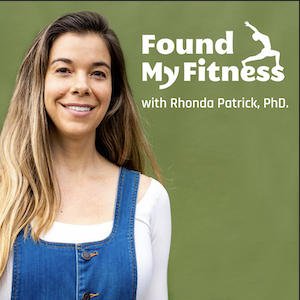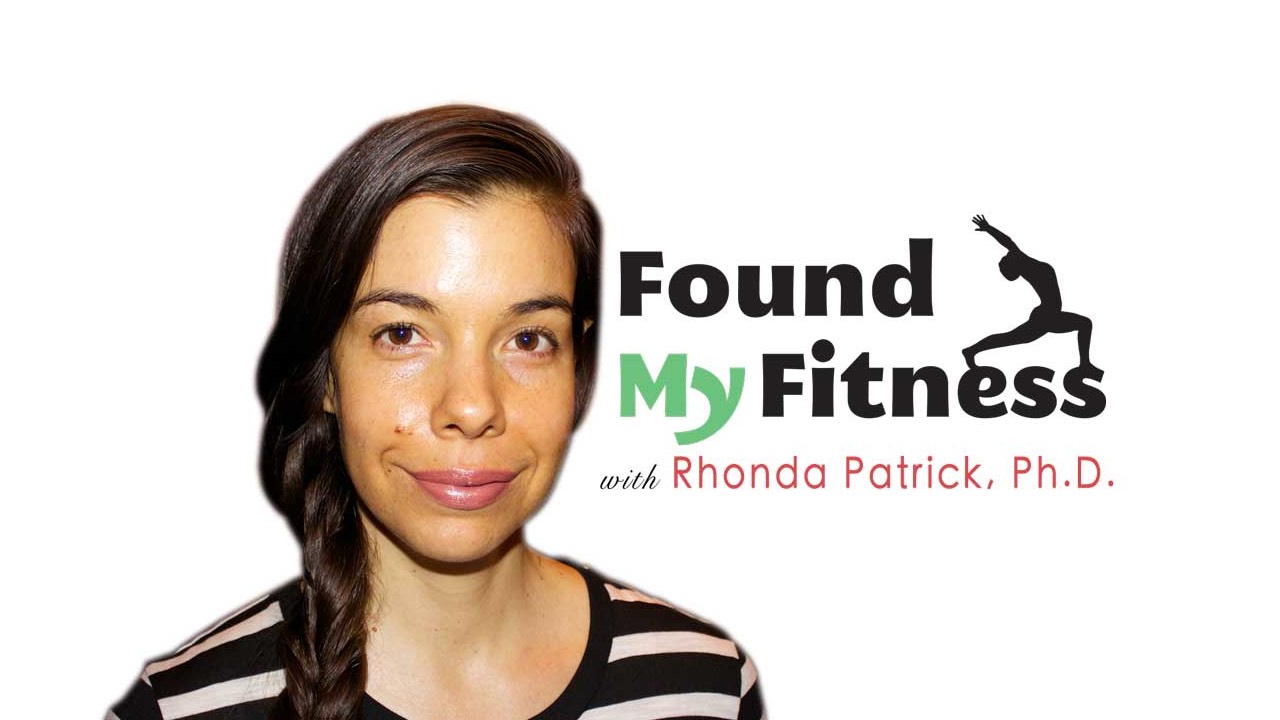Does a low-fat high-carbohydrate diet lead to heart disease? | Ronald Krauss
Get the full length version of this episode as a podcast.
This episode will make a great companion for a long drive.
The BDNF Protocol Guide
An essential checklist for cognitive longevity — filled with specific exercise, heat stress, and omega-3 protocols for boosting BDNF. Enter your email, and we'll deliver it straight to your inbox.
Dr. Krauss led revolutionary research showing that contrary to popular belief, a low-fat diet made cholesterol profiles worse. This is largely due to a replacement of calories with carbohydrates. His research has shown that the chief culprit of atherogenic dyslipidemia is simple, refined sugar. In this clip, Dr. Ronald Krauss shares his experience in research showing heart disease risk is more influenced by sugar consumption than fat consumption.
This transcript is reserved for members.
FoundMyFitness Members get access to exclusive content not available anywhere else, including a transcript of this episode.
You wouldn't believe how cool being a premium member of the world's best cross-disciplinary science-focused website and podcast really is.
A circulating lipoprotein that picks up cholesterol in the arteries and deposits it in the liver for reprocessing or excretion. HDL is often referred to as the "good cholesterol."
A type of lipoprotein. LDL is formed in the liver and transports lipid molecules to the cells. Often referred to as the “bad cholesterol,” LDL can drive the progression of atherosclerosis if it becomes oxidized within the walls of arteries. LDL particles exist in different sizes, ranging from large, fluffy molecules to small, dense molecules. Some evidence suggests that LDL particles increase the risk of developing heart disease, whereas the large, fluffy type of LDL may be cardioprotective.[1]
- ^ Redon, Josep; Chaves, F. Javier; Tellez-Plaza, Maria; Monleon, Daniel; Pichler, G.; Amigo, N., et al. (2018). LDL Particle Size And Composition And Incident Cardiovascular Disease In A South-European Population: The Hortega-Liposcale Follow-up Study International Journal Of Cardiology 264, .
A type of lipoprotein. VLDL enables fats and cholesterol to move within the water-based solution of the bloodstream. It is assembled in the liver from triglycerides, cholesterol, and apolipoproteins, and converted in the bloodstream to low-density lipoprotein (LDL). VLDL transports endogenous products (those made by the body), whereas chylomicrons transport exogenous products (those that come from the diet).
Hear new content from Rhonda on The Aliquot, our member's only podcast

Listen in on our regularly curated interview segments called "Aliquots" released every week on our premium podcast The Aliquot. Aliquots come in two flavors: features and mashups.
- Hours of deep dive on topics like fasting, sauna, child development surfaced from our enormous collection of members-only Q&A episodes.
- Important conversational highlights from our interviews with extra commentary and value. Short but salient.






























